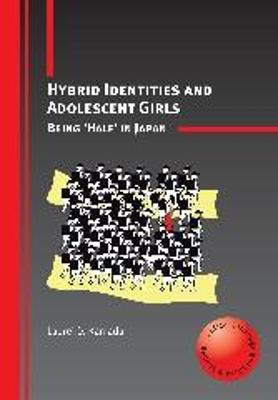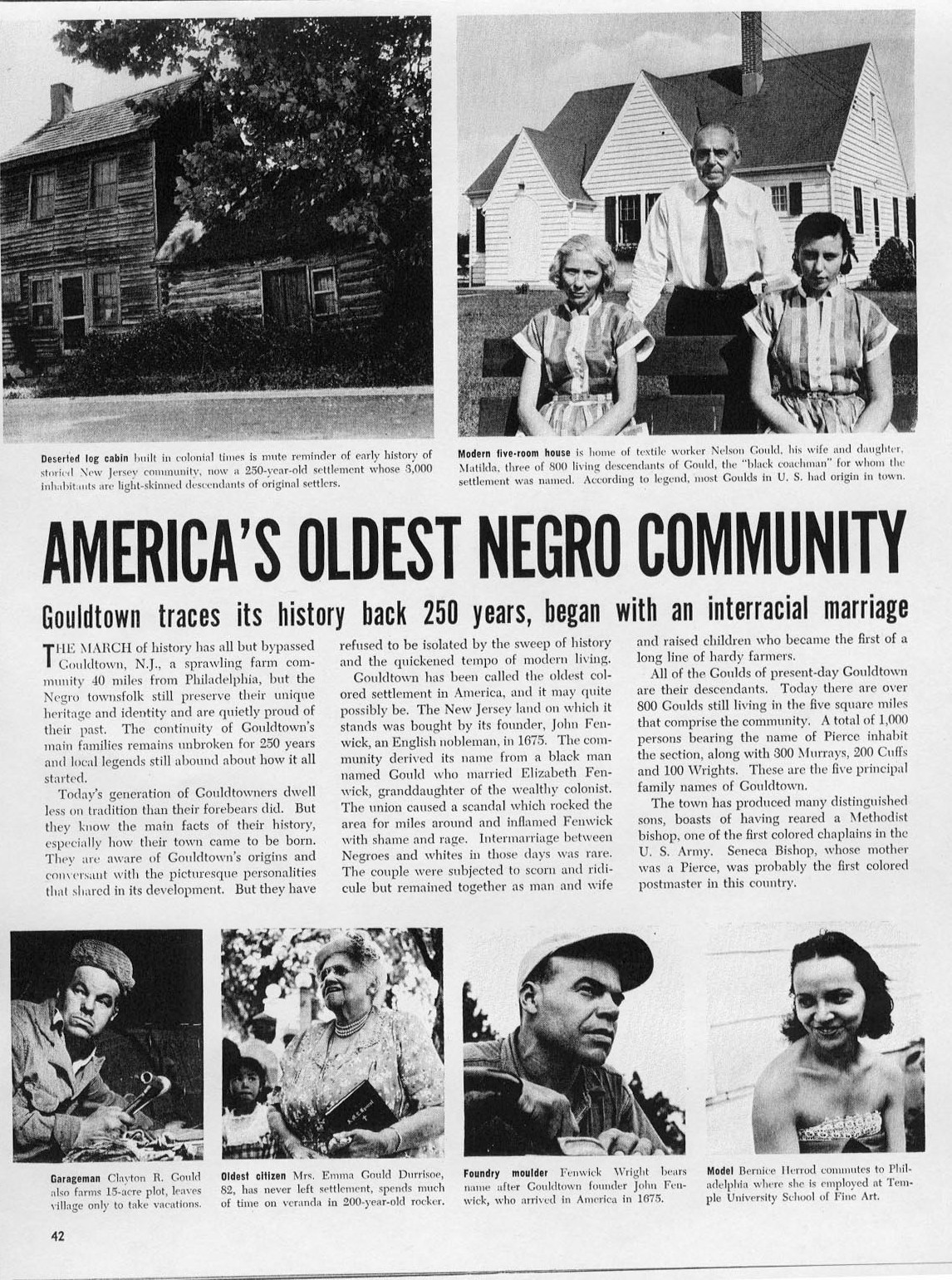Of Mongrels and Men: The Shared Ideology of Anti-Miscegenation Law, Chinese Exclusion, and Contemporary American Neo-Nativism
bepress Legal Series
Working Paper 458
2005-02-16
Geoffrey A. Neri, Associate
Miller Barondess, LLP
Table of Contents
- I. INTRODUCTION
- II. BIRTH OF THE “ABOMINATION”: THE DEVELOPMENT OF ANTI-MISCEGENATION LAW
- A. Origins and Early History
- B. Anti-Miscegenation Ideology
- 1. Monogenism and Christian Fundamentalism
- 2. Polygenism and Pseudoscience
- 3. Social Darwinism
- 4. A Beacon of Light in the Dark Age of Racist Ideology
- III. THE “YELLOW PERIL”: ANTI-MISCEGENATION LAW AND CHINESE EXCLUSION
- A. Chinese Migration to the United States in the 19th Century
- 1. Pull Factors
- 2. Push Factors
- B. Anti-Chinese Immigration Legislation
- C. The “Chinese Exclusion Case” and Plenary Power Doctrine
- D. “Negroes or Mulattoes . . . and Mongolians”: The Anti-Miscegenation Expands to Include the Chinese
- E. Effects of Anti-Miscegenation Law and Chinese Exclusion on Chinese Transnational Movement
- IV.MORE WHIMPER THAN BANG: THE END OF CHINESE EXCLUSION AND THE ANTI MISCEGENATION STATUTE
- A. The End of Chinese Exclusion
- B. The Demise of the Anti-Miscegenation Statute
- 1. Early Challenges
- 2. Loving
- V. THE CONTEMPORARY RELEVANCE OF ANTI-MISCEGENATION LAW AND THE PERIOD OF CHINESE EXCLUSION
- A. The Good News . . . More Progressive Racial Norms in the Modern Era
- B. The Bad News . . . Neo-Nativism Serves up “Old Poison in New Bottles”
- VI.CONCLUSION
“We want no more mixture of races. . . . No strong nation was ever born of mongrel races of men.”
—U.S. Senator La Fayette Grover (addressing the “Chinese Problem”), June 30, 1872
I. INTRODUCTION
A complex interaction of push and pull factors created a substantial wave of Asian migration to the United States in the 19th century. In brief, acute political and economic instability and dislocation in China arising from European imperialism, internal conflict, and famine “pushed” Chinese laborers to the United States, while a demand for cheap, reliable labor brought on by burgeoning industrialization in the American West, the construction of the Transcontinental Railroad, and the 1849 California gold strike at Sutter’s Creek “pulled” them. Due to America’s historic policy of open borders, this migration was virtually unrestricted and the rapid influx of Chinese immigrants into the American West almost immediately provoked “widespread concerns about the relationship between race and national identity” in the United States. The Chinese were perceived as possessing characteristics that amounted to unbridgeable racial differences and “fears of hybridity” proliferated, prompting one California legislator to warn that “were the Chinese to amalgamate at all with our people, it would be a hybrid of the most despicable, a mongrel of the most detestable that has ever afflicted the earth.
Anti-miscegenation laws, state laws prohibiting sex and/or marriage between individuals of different “races” originally crafted to prevent the mixing of whites and blacks, were quickly extended to regulate the interaction between whites and the Chinese, the new “other” race. In a process dubbed “Negroization” by historian Dan Caldwell, the Chinese were charged with the same negative racial qualities—“[h]eathen, morally inferior, savage, and childlike . . . lustful, sensual”—that had previously been hoisted on blacks and the rhetoric of anti-black racism became the rhetoric of anti-Chinese racism. This process of reassignment occurred a number of times as subsequent groups of Asian immigrants came to the United States and anti-miscegenation laws were extended further to apply to them: Japanese, Koreans, Indians, Filipinos and eventually all Asian immigrants were subject to the prohibition against commingling with whites.
This Article will examine the anti-miscegenation statute as well as other exclusionary laws specifically applied to the Chinese diaspora in America throughout the 19th and 20th century, describing the impact these racially restrictive laws had on Chinese transnational migration during the period. It will present the anti-miscegenation statute as an emblem of the broader concern of American nativism—a concern with defining and policing American political and civic culture, with protecting American republicanism from the perceived threat posed by foreigners deemed “unassimilable.” This Article will then situate the anti-miscegenation statute within the larger framework of the xenophobic ideology animating exclusionary laws in general—an ideology in which amalgamation between white and nonwhite persons is assumed to threaten the purity of the white American body politic as much as the white American body.
Viewed in this manner, the anti-miscegenation statute, far from being a relic of America’s racist past, is especially relevant to contemporary arguments regarding immigration. For although the primary thesis of anti-miscegenation law—the assertion that nonwhites are incompatible with whites physically—has been disproven (or at least driven underground) by modern science, a dangerous corollary to that thesis—the notion that certain classes of immigrants, by virtue of their race and/or country of origin, are incompatible with American civic and political culture—endures. The modern nativist revival, this Article will conclude, invokes the specter of anti-miscegenation law and Chinese exclusion in charging that the most recent wave of migration to the United States, comprised mostly of Latinos and Asians, “cannot or will not assimilate” and threaten to degrade and undermine “national identity”…
Read the entire paper here.




